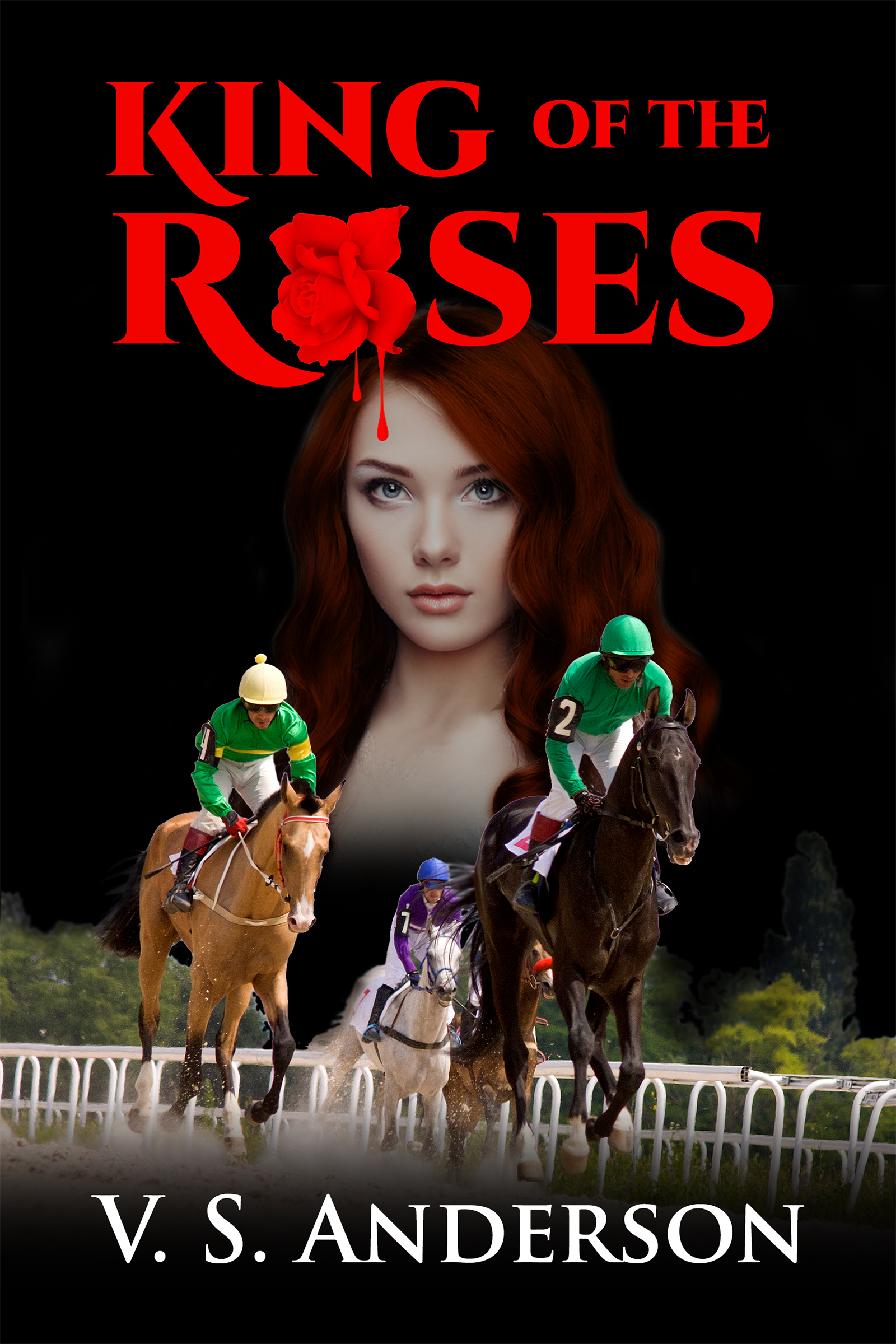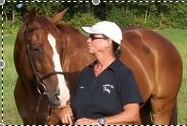A wonderful perk of being retired from teaching is rediscovering what it’s like to read fiction for pleasure. I assume I don’t have to convince any writers of the pleasures of a good book!
But my new reading experience has reminded me why writers MUST read. True, we know we have to read in our own genres. After all, we have to be able to tell agents and editors we query how our own work fits into a landscape with which we had better be intimately familiar. But we need to read—we MUST read—more widely than that.
We need to know, we must know, what works for people who are not us. In my lifetime of reading fiction, slowed but not terminated by my years of teaching, I have always been surprised to discover what other people consider good. I hope I’m not the only reader to roll my eyes once in a while and wonder, “Who’d’a thunk anyone would publish that?”
But “that” turns out to have five-star reviews on Amazon, enormous followings on Goodreads, and thousands of Facebook likes. I’ve moved from “I’d never do that!” to “What can I learn from this?” For example, from watching how different kinds of writers win over readers, I learned the importance of the “pet-the-dog” scene. The protagonist you want your readers to stick with has to do one small “good” thing somewhere, somehow, in the book’s opening moments. Related: the “stop-being-mean-to-her” scene, wherein your protagonist is being treated unjustly. I didn’t learn about these strategies from reading Shakespeare—although I assure you, he does them, too.
In other words, there’s some reason a lot of people like the books you hate. There’s gold in figuring out what that reason is.
We need to know, we must know, that the kinds of books we love do exist, sometimes in the most unexpected places. I read so much about the fall of publishing, about the sheer inability of those of us who might once have been indulgently called “midlist” authors to persevere. I hear so often that unless you’re already a celebrity or a world-renowned expert, you only have two options for your quiet, literary, sort-of-mystery-but-sort-of-not: either self-publish it or stick it in the drawer.
Yet over and over I take a chance on a new book only to discover wonderful writing still bubbling up out there. I don’t say it necessarily gets shelved face-out at Barnes & Noble or makes it to the top at Amazon. I’m reading a terrific book right now that will probably never do either (Mary O’Dell’s Cyn, from Turquoise Morning Press). But good writing gets noticed, and it gets published. And I get to read it by opening myself to that chance.
More to the point, I get the reassurance that continuing to grow as a writer is worth the effort. I can’t write as well as the great writers I admire, but I can learn to write better than I do now, and it’s because I find these great writers out there through reading that I have the faith to soldier on.
We learn what we forgot to do in our own books. This is a little different from the strategies in point one above; it’s not about devices, it’s about fundamentals. Writing every day, deep in a story, we get into habits and patterns that, in my case at least, lull me so that I forget something vital I should be attending to, something I’ve left out. Often it’s something that doesn’t come naturally to me, that I need to work at. For example, the other day I went to our local bookseller (Carmichael’s) to redeem a gift card. The book I wanted, Ben H. Winter’s World of Trouble, was out of stock, but I did find a discounted copy of The Girl on the Train.
I expected some sort of mystery/thriller, not too far from my genre. I expected one of those bang-up openings that set me on the edge of a cliff, teetering. Instead, I found myself in a tranquil, slow-moving country, listening in on the placid observations of a muted soul.
I thought of all my anguish trying to make my opening pages electric. Here I was holding a bestseller whose author saw no such need. Then, slowly, I began to understand what she was doing—something I struggle to do enough.
This was/is a classic, masterly demonstration of that single overriding rule for all writers of fiction: show, don’t tell.
From what this character noticed and how she reacted to what she noticed, she slowly let me build for myself a rich, nuanced sense of a soul in deep trouble, a world alight with danger, if not the guns-and-daggers kind (not yet, at least). A soul in trouble, a soul in danger: the classic “it” that a story either has or doesn’t. And all without ever shaking a finger at me to tell me what I was supposed to see or know.
That night, I got out my notebook. Above one column, I wrote, “What I want readers to know about Sarah.” Above the next column, I wrote, “What she does to show it.” I sat for an hour, working my way out of that all-too-available strategy of having Sarah tell readers how she was feeling, what she feared, worried about. What does Sarah do to let readers sense her danger, understand how she got here, so that they’ll be shouting at her, “No, no, don’t do that! Do this!” and sweating (I hope) to see if she does.
It’s not that I didn’t know this basic rule. But inside the walls of my own imagination, I had lost sight of it. I didn’t even miss it, until I wandered out into other landscapes and saw another writer doing it—when I picked up that book and read.





